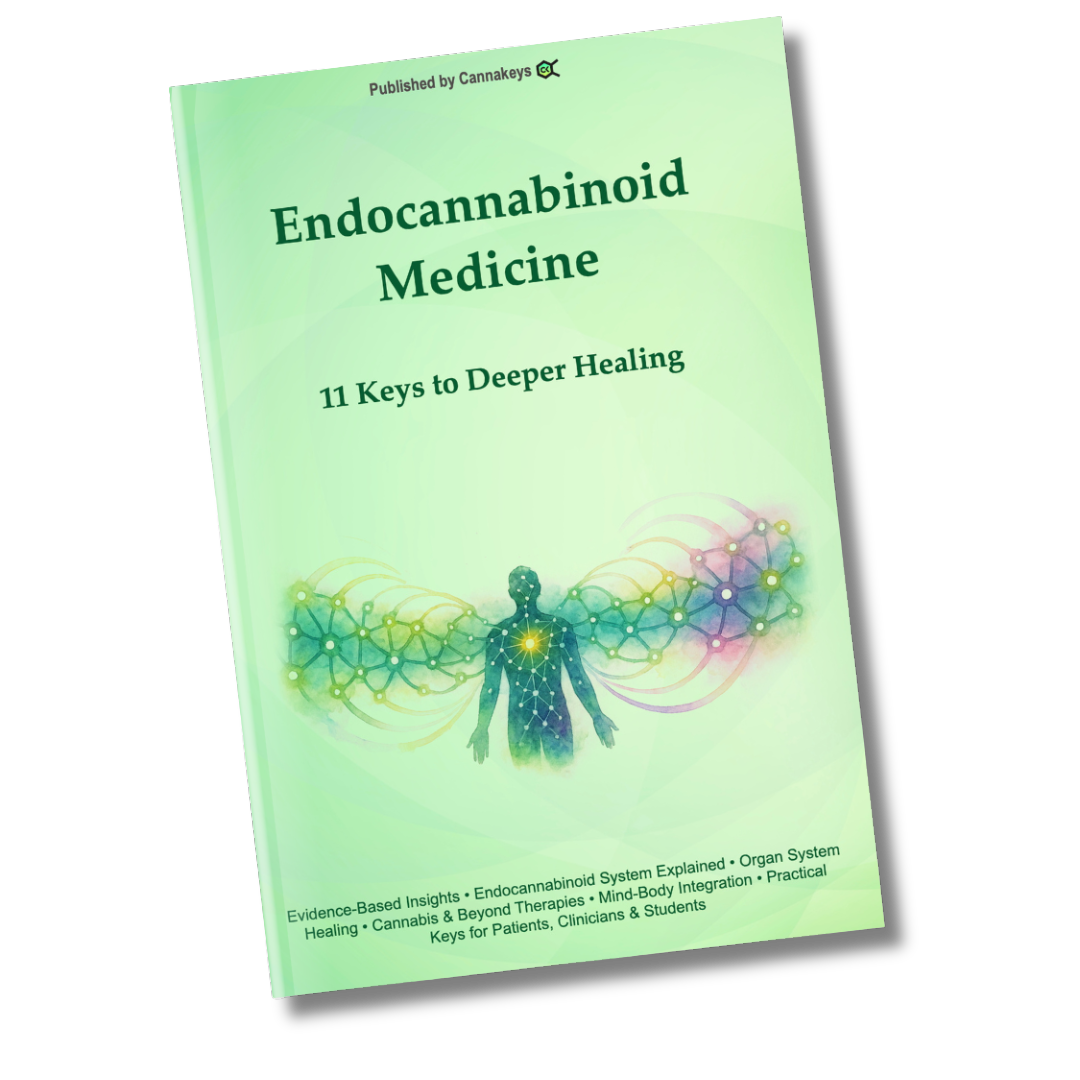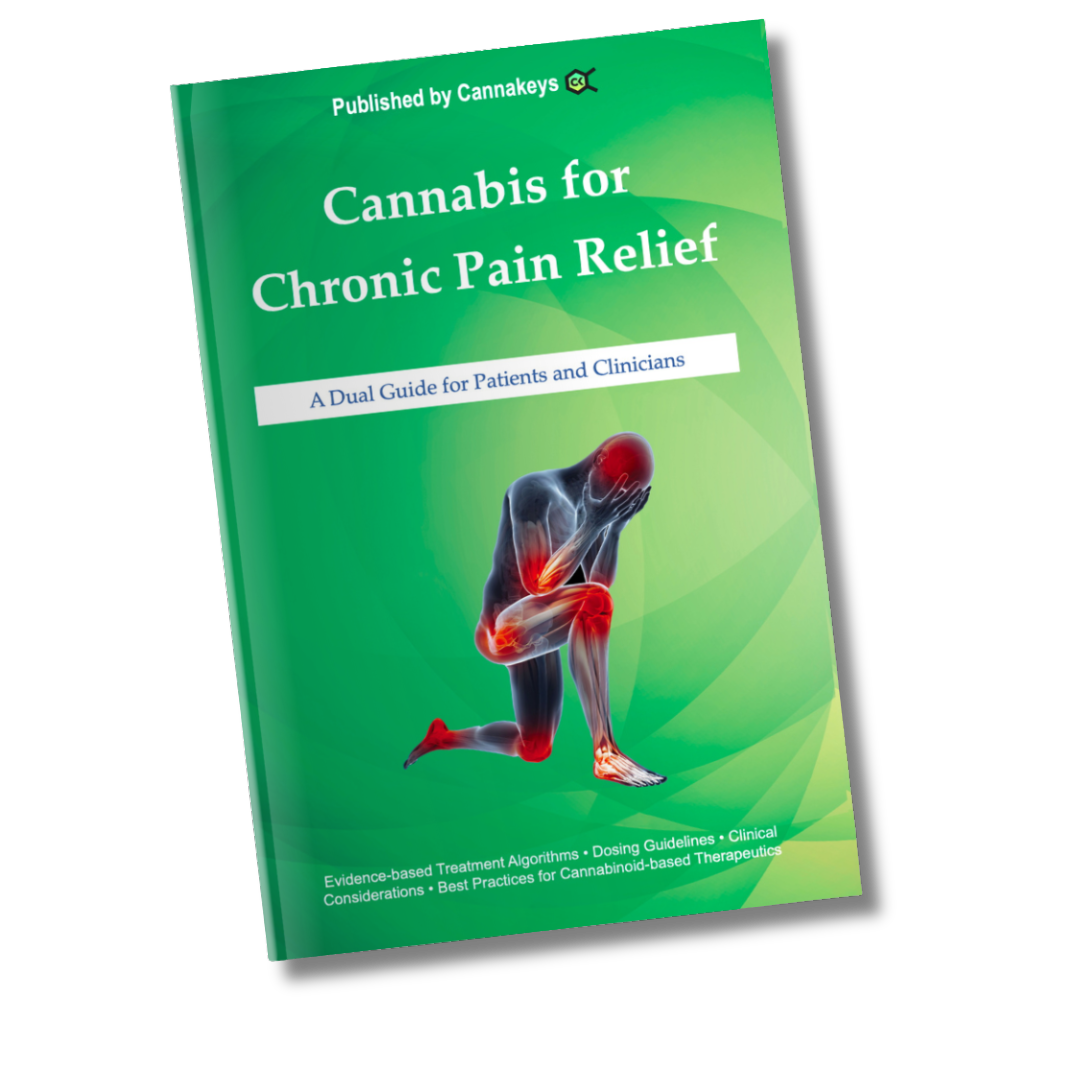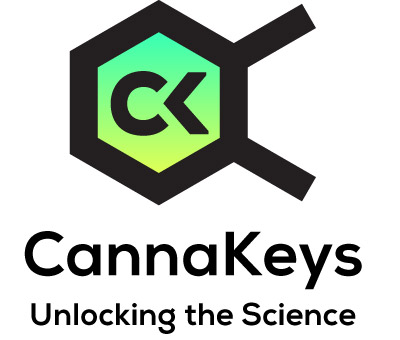Geraniol Research Dashboard
What am I missing as a non-subscriber?
To see a full dashboard with study details and filtering, go to our DEMO page.
As a subscriber, you will be able to access dashboard insights including chemotype overviews and dosing summaries for medical conditions and organ system and receptor breakdowns for cannabinoid and terpene searches. Study lists present important guidance including dosing and chemotype information with the ability to drill down to the published material. And all outputs are fully filterable, to help find just the information you need. Stay up-to-date with the science of cannabis and the endocannabinoid system with CannaKeys.
CannaKeys has 49 studies associated with Geraniol.
Here is a small sampling of Geraniol studies by title:
- Select terpenes from Cannabis sativa are antinociceptive in mouse models of post-operative pain and fibromyalgia via adenosine A2a receptors
- Geraniol ameliorates the progression of high fat-diet/streptozotocin-induced type 2 diabetes mellitus in rats via regulation of caspase-3, Bcl-2, and Bax expression
- Antibacterial and Anti-Biofilm Activities of Essential Oil Compounds against New Delhi Metallo-β-Lactamase-1-Producing Uropathogenic Klebsiella pneumoniae Strains
- Enhancing Cytotoxicity of Tamoxifen Using Geranium Oil
- Mechanistic Insights into Ameliorating Effect of Geraniol on D-Galactose Induced Memory Impairment in Rats
Ready to become a subscriber? Go to our PRICING page. Want to learn more about Endocannabinoid Medicine? Buy a book.

Endocannabinoid Medicine: 11 Keys to Deeper Healing
Your body already carries the keys to healing. At the center of it all is the endocannabinoid system (ECS)—a hidden bridge between body, mind, and spirit that works quietly in the background to restore balance, ease pain, calm stress, and support resilience.
Buy Book
Cannabis for Chronic Pain Relief: A Dual Guide for Patients and Clinicians
Chronic pain impacts one in four people, yet safe and effective long-term treatments remain limited. This practical guide offers an evidence-based algorithmic framework for using cannabis and cannabinoids with clarity and confidence.
Buy BookPage Quick Links
Select New Terpene
Overview - Geraniol
What is Geraniol?
Geraniol has a rose-reminiscent scent that is often employed in the creation of perfumes and cigarettes.
It is a functional insect repellent against mosquitoes and attracts beneficial insects such as honeybees.
Is Geraniol safe?
Concentrated geraniol is a colorless to pale yellow oily liquid and an allergen that may cause skin, eye, and respiratory irritations.
Scent Description
Floral, rosey, citrus, tangy
Natural Sources
Geraniums, tobacco, rose oil
Cannabis Cultivars High in Geraniol
Amensia Haze, Afghani, Headband, Great White Shark, OG Shark, Lavender, Master Shark
Geraniol Properties and Effects
Geraniol may induce the following properties and effects:
- Anti-diabetic (E. El Azab et al., 2022)
- Pre-biotic (increased Collinsella and especially Faecalibacterium) (F. Rizzello et al., 2018)
Antioxidant and anti-inflammatory (via decreased lipid peroxidation, inhibiting NO release and ROS generation).
Analgesic (via possibly modulating peripheral nerve excitability, glutamatergic neurotransmission, opioid, GABAergic, and serotonergic activity, as well as NO-related mechanisms).
Neuroprotective in mouse models of induced nerve injury and spinal cord injury.
In mice, geraniol also reduced locomotion, reduced acute seizure activity, altered the EEG, and facilitated general anesthesia.
Produces anxiolytic, antidepressant, nootropic, and antioxidant effects at low doses in mice.
Rats also had ameliorated aging-related memory impairment, improved neuronal architecture, and spatial memory (via attenuating oxidative stress, mitochondrial dysfunction, cell apoptosis, promoting the recovery of neuronal function, attenuating neuropathic pain, suppressing the activity of PVT neurons, and GABAA receptors)
In mice, it may be cardioprotective against CAD and cardiac diabetic complications, reduce the injury during myocardial ischemia-reperfusion, promotes the function and viability of myocardial cells, antiarrhythmic, decreases total cholesterol and total triglyceride production in the plasma, inhibits the biosynthesis of hepatic fatty acids, total lipids, and non-saponifiable lipids and possibly induces vasorelaxation (via inhibiting oxidative stress, decreasing hyperglycemia, calcium channel modulation, downregulation of HMGCR, and inhibition of lipogenesis)
Antidiabetic effects in mice, such as decreased plasma glucose and hemoglobin HbA1C, could restore the insulin response.
Protective effect on diabetic neuropathy and improved sensory and motor functions in mice.
Ameliorates the progress of HFD/STZ-induced type 2 diabetes mellitus and improves excessive vasoconstriction induced by diabetes in rats.
Improved mice systolic cardiac function and ischemia associated with diabetes, lipid profile, liver, and kidney function (via decreasing enzyme activities, dependently upregulating the expression of Bcl-2 and downregulating Casp3 and Bax expression)
Gastroprotective in a human pilot study by reducing IBS symptoms and gut dysbiosis, as well as in mouse ulcerative colitis and colitis models.
Antiulcerogenic on gastric and duodenal mucosa (via anti-inflammatory and antioxidant effects including attenuating COX-2 expression in the gut wall)
Potentially hepatoprotective against non-alcoholic steatohepatitis in a rat model with inhibitory effect on histological scores, fibrosis, and apoptosis in the liver.
Promotes liver regeneration (via inhibiting ALT/AST in the serum, suppressing hepatic mitochondrial ROS, mitochondrial electron transport chain enzyme activity, and mitochondrial DNA content, in addition to multiple antioxidant and anti-inflammatory effects)
Lung protective effects in mice models of Mycoplasma pneumoniae infection (via immunomodulatory regulation of ERK/JNK and NF-κB signaling)
Anti-tumor, chemo-synergistic, and chemotoxic protective effects in model cancer cell lines such as colon, endometrial, liver, lung, oral, pancreatic, prostate, and skin (via suppressing cell growth, inducing apoptosis and reducing apoptotic damage, and multiple signaling pathways)
Antibacterial and antibiofilm (via bactericidal and bacteriostatic mechanisms such as adhering to bacterial cell membrane lipids)
Antifungal effects against Candida albicans and Trichophyton rubrum (via destroying cell wall function by downregulating the activity of plasma membrane ATPase, reducing ergosterol levels, suppressing fungal components and expansion, eliminating mitochondrial function, breaking iron homeostasis, mitigating genetic toxicity, and causing leakage of intracellular material)
Last reviewed by Dr. Abraham Benavides, M.D., 04-22-2022
Geraniol Receptor Binding
Endocannabinoid System (ECS) and Geraniol:
- CB1 (agonist) (N. Raz et al., 2023)
Endocannabinoidome (eCBome) and Geraniol:
Disclaimer
Information on this site is provided for informational purposes only and is not meant to substitute for the advice provided by your own licensed physician or other medical professional. You
should not use the information contained herein for diagnosing or treating a health problem or disease. If using a product, you should read carefully all product packaging. If you have or suspect that you have a
medical problem, promptly contact your health care provider.
Information on this site is based on scientific studies (human, animal, or in vitro), clinical experience, or traditional usage as cited in each article. The results reported may not necessarily occur in all individuals. For many of the conditions discussed, treatment with prescription or over-the-counter medication is also available. Consult your physician, nutritionally oriented health care practitioner, and/or pharmacist for any health problem and before using any supplements or before making any changes in prescribed medications.

